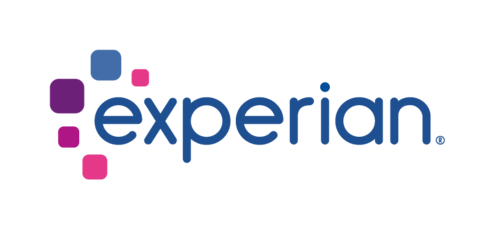Financial institutions are increasingly committed to promoting financial inclusion for underserved communities. However, misconceptions about their efforts hinder progress. This article debunks three common myths that perpetuate financial exclusion.
Myth #1: "Financial institutions have no interest in underserved consumers or credit invisibles."
This is a false claim. Banks and credit unions are actively seeking to expand their customer base to include those traditionally underserved by the financial system. This is both a moral imperative and a strategic opportunity to tap into a large, untapped market. By building trust with these communities, institutions can foster loyalty that extends beyond individual customers to their families and friends.
A key step towards achieving this goal is the inclusion of expanded data sources, such as on-time payments for utilities, telecom, and video streaming services, on consumer credit reports. This data provides lenders with a more comprehensive view of a consumer's financial responsibility and reduces risk, enabling them to extend credit to a broader range of borrowers.
Myth #2: "There is a lack of trustworthy financial education resources."
The reality is that financial institutions are actively investing in financial education programs to empower underserved communities with the knowledge and skills necessary for financial success. They collaborate with non-profit and non-governmental organizations to understand community-specific challenges and provide relevant resources.
Experian's B.A.L.L. for Life program, launched in partnership with the National Urban League, exemplifies this commitment. This initiative utilizes live events and digital platforms to engage with Black communities and low-income youth, providing financial literacy education through subject matter experts, professional athletes, celebrities, and influencers.
Moreover, Experian partners with the National Foundation for Credit Counseling (NFCC) to connect consumers with certified financial counselors who offer guidance on various financial issues, including debt management, homeownership, student loans, and small business cash flow.
Myth #3: "Underserved communities have few opportunities to build credit and enter the mainstream financial system."
While underserved populations, including younger consumers and recent immigrants, often face challenges accessing credit due to limited credit history, innovative solutions are emerging to address this issue.
New credit scoring models and microfinancing programs are providing financial services to individuals traditionally excluded from traditional banking systems. Furthermore, the inclusion of expanded data sources, such as utility, telecom, and rental payments, on credit reports allows lenders to assess creditworthiness based on a broader range of information.
Experian Boost®, a free service, empowers consumers to contribute their history of on-time payments for utilities, cellphones, insurance, rent, and video streaming services directly into their Experian credit profile, helping them establish a credit history.
Conclusion
The financial services community is actively working to dismantle the barriers to financial inclusion for underserved populations. As more initiatives are implemented, these communities will gain access to financial resources and build a stronger financial foundation. By debunking myths and promoting trust, we can move towards a more inclusive and equitable financial system for all.
Article
Technology

Debunking Myths: Financial Inclusion for Underserved Communities

